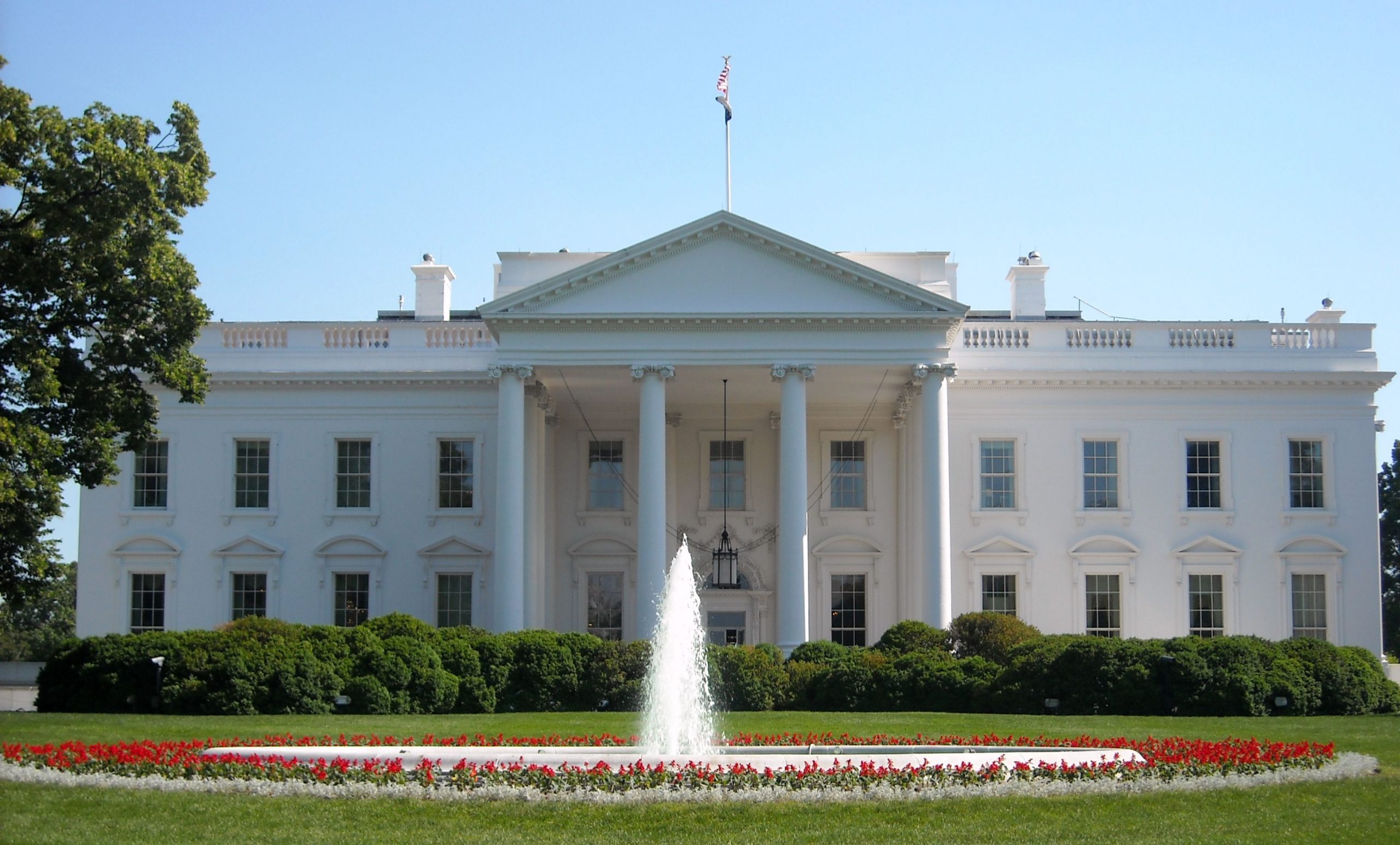The U.S. federal government entered a shutdown on October 1st, marking the 15th occurrence since the 1980s. Shutdowns take place when Republicans and Democrats in Congress fail to reach agreement on a budget by the legal deadline, forcing federal employees into unpaid leave.
The budget process that can trigger a shutdown was first set up in 1976, grounded in a budget law revised in 1974. Shutdowns were not required before 1980, when Attorney General Benjamin Civiletti under President Jimmy Carter ruled that spending without congressional approval violated the Antideficiency Act. That interpretation established the principle that government operations must stop until a budget is passed.
The first official shutdown began on November 20, 1981, under President Ronald Reagan, and lasted two days. During his eight years in office, Reagan oversaw eight shutdowns, the most of any president, though most did not exceed three days. His successor, President George H. W. Bush, faced a shutdown from October 6–8, 1990.
President Bill Clinton encountered two major shutdowns during his first term. The first lasted five days, from November 14–18, 1995, and the second stretched from December 16, 1995, to January 5, 1996, totaling 21 days.
In his second term, President Barack Obama oversaw a shutdown from October 1–16, 2013, lasting 16 days. The central dispute involved funding for the Affordable Care Act (ACA).
President Donald Trump experienced two shutdowns. The first lasted two days beginning on January 20, 2018. The second ran from December 22, 2018, to January 25, 2019, continuing for 35 days, the longest shutdown in U.S. history. The dispute centered on funding for a wall along the U.S.-Mexico border.
Since the 1980s, shutdowns have recurred under most administrations. The only presidents who avoided them were George W. Bush and Joe Biden.
BY KYEONGJUN KIM [kim.kyeongjun1@koreadaily.com]





